Subphylum Vertebrata Order Testudines | Phylum Chordata Class Reptilia Rank Species | |
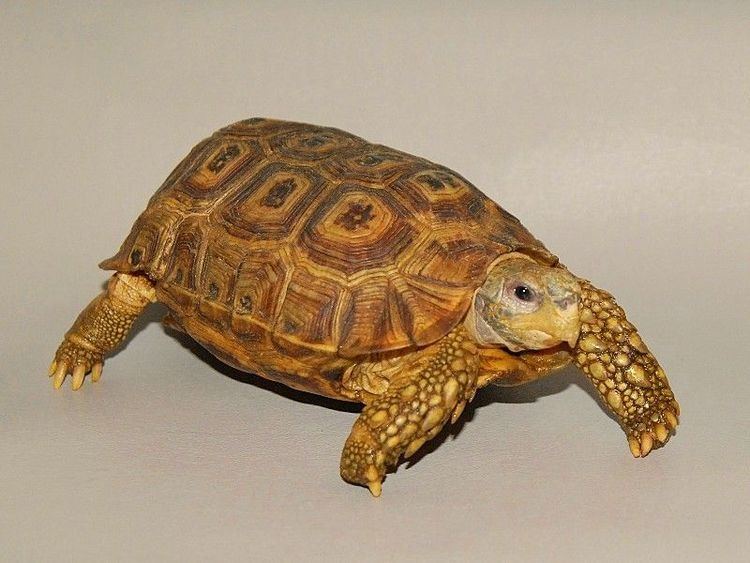 | ||
Similar Kinixys, Home's hinge‑back tortoise, Bell's hinge‑back tortoise, Lobatse hinge‑back tortoise, Forest hinge‑back tortoise | ||
Speke's hinge-back tortoise (Kinixys spekii ), is a species of turtle in the family Testudinidae. The species is endemic to Africa.
Contents
- Etymology
- Description
- Geographic range
- Habitat
- Diet
- Reproduction
- Parasites of hinge back tortoises
- References
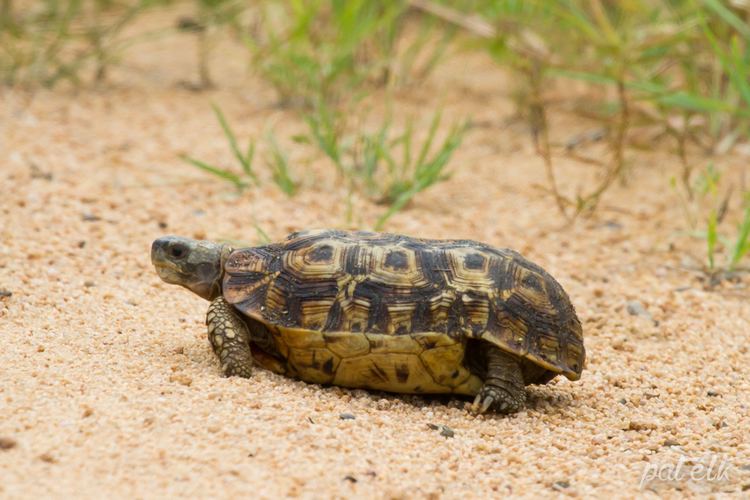
Etymology
The specific name, spekii, is in honor of English explorer John Hanning Speke.
Description
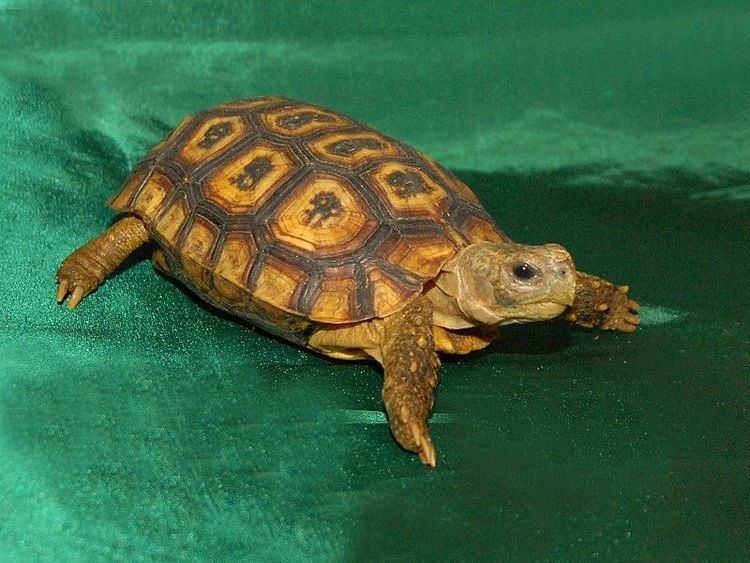
K. spekii has an elongated carapace, up to 20 cm (7.9 in) in length, which is distinctly flattened (allowing it to seek refuge in rock crevices and under logs). Its carapace has a weak, disrupted medial keel, and posterior marginals that are neither strongly serrated nor reverted. This species has a well-developed hinge at the rear end of the upper part of its shell, permitting the protection of its rear legs after they have been retracted. The male has a notably longer tail than the female of this species, and the tails end in a spine. Females possess a flat plastron, yet males have a more concave one.
Geographic range

Speke's hinge-back tortoise is found in East Africa from Kenya south to Swaziland, next to Mozambique and Zululand. Its range extends westwards as far as the coast of Angola.
Habitat
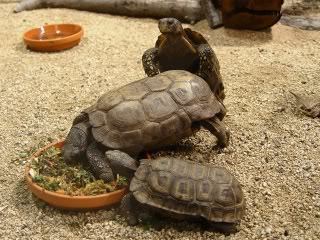
K. spekii inhabits savannahs and dry bush with rocky areas. It tends to inhabit more wooded areas during the dry season, and to move out into the savannahs when the summer rains come.
Diet
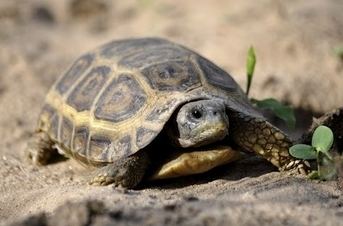
K. spekii feeds on small flowers, leaves, grass, herbs, succulents and fungi. It also eats snails and other small invertebrates, having a special preference for millipedes.
Reproduction
Females of K. spekii lay a small clutch of two to four eggs in the summer.
Parasites of hinge-back tortoises
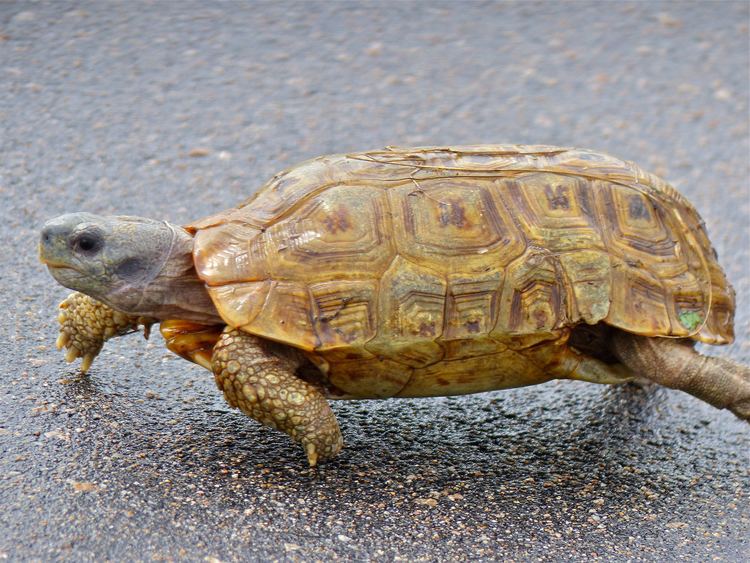
Species of tortoises in the genus Kinixys play host to a number of ectoparasites (external) and endoparasites (internal). A survey (by Alan Probert & Clive Humphreys) of mixed captive K. spekii and K. belliana (mostly K. spekii ) in Zimbabwe showed that the following parasites were known to infest/infect this species. This had been observed and published by others too. However some of the tiny roundworms (photographed under SEM) are very likely new species and as yet remain undescribed.
